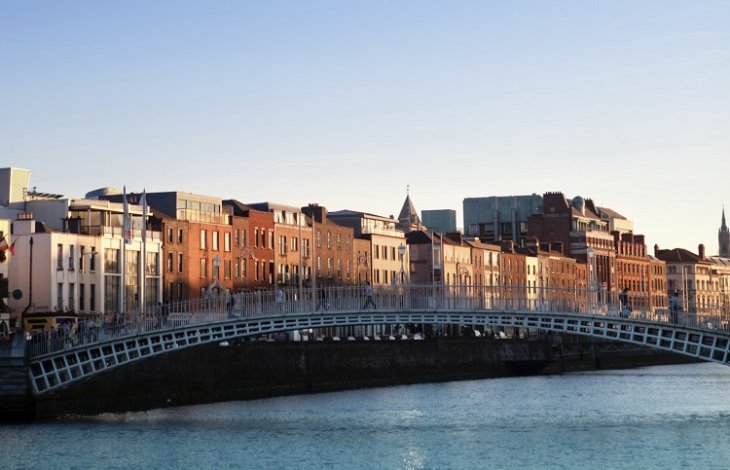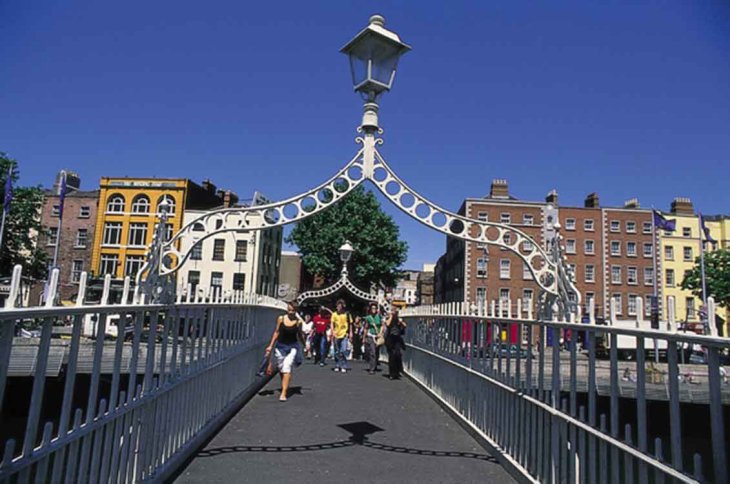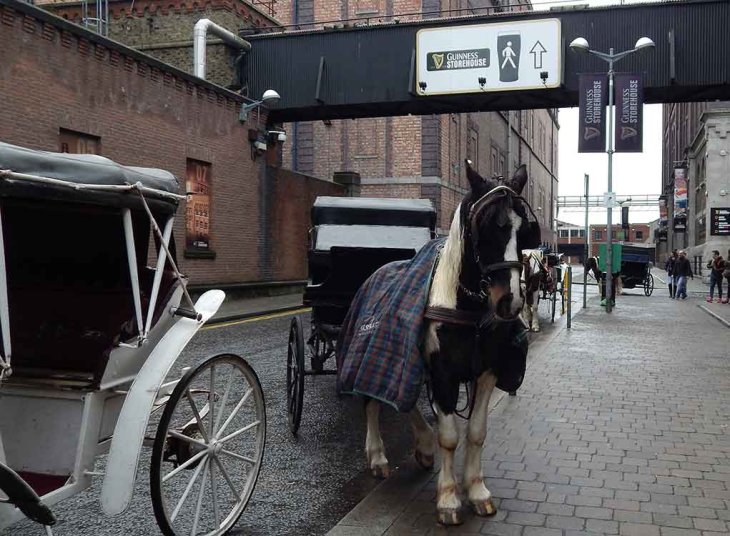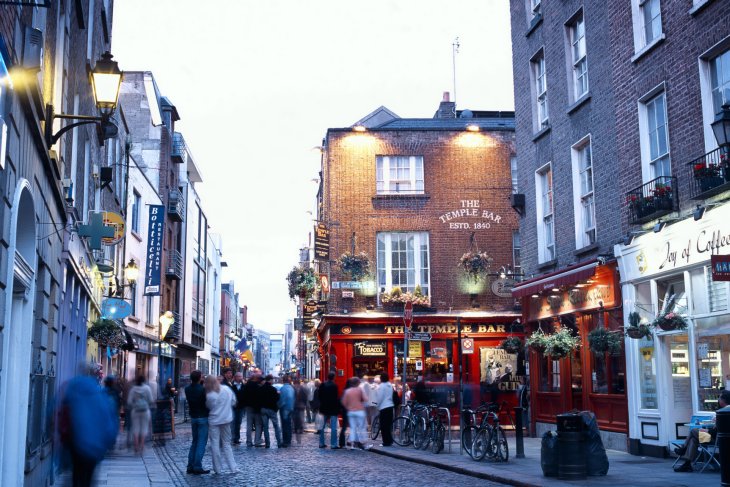
Dublin is undoubtedly a city bonkers about its sport, and none more so than rugby. Always a traditional favourite with visiting fans, it is a vibrant and lively city famous for its nightlife, culture and history.
The city was originally found as a Viking settlement, becoming Ireland's principal city on the back of the Norman invasion.
Following rapid expansion from the 17th century, Dublin was at one point the second-largest city in the British Empire before the Act of Union in 1800. After partition in 1922, Dublin became the capital of what we now know as the Republic of Ireland.
History of the Aviva
The Aviva Stadium is situated on the site of the old Lansdowne Road ground, which was the home of Irish rugby and football for over a hundred years, before it was redeveloped in 2007.
The new layout contains an unusual modern design, incorporating a transparent curved roof allowing light to pass through while sheltering spectators from the wind and rain.
Visitors will also notice the curious design of the single-tiered North Stand, in place due to the nearby housing.
The resulting capacity of 51,700 means the Aviva is easily the smallest stadium in the Six Nations and comes despite the team's temporary home of Croke Park attracting 80,000 during the redevelopment.
Despite the reduced capacity, this stadium already has a reputation for generating a passionate atmosphere, with the Irish support among the most raucous in the competition.
Ireland's first international game at the stadium was a 23-12 defeat to South Africa on 6 November 2010.
Getting Around

Going by car is not the best of options in getting to the stadium as there is an exclusion zone in operating around the ground on match days.
The stadium is around 3km away from the city centre so it is walkable, although it is also well-served by public transport links.
If you take the local suburban railway, known as the DART, get off at the stop for Lansdowne Road or Grand Canal Dock with direct services operating from Connolly Station, Tara Street and Pearse Station.
Alternatively, the green line of the light rail system - LUAS - runs from St Stephen's Green to Charlemont, which is a stone's throw away from the stadium.
Finally, the Dublin Bus network offers a range of services that connect the city to the area around the ground. Supporters should take routes 4,5, 7, 8, 18, 45 and 63, which stop at nearby Pembroke Road, or routes 2, 3, 50, 56 and 77 to Charlotte Quay.
Getting to the city from the airport is also a breeze, with the Dublin Aircoach and Airlink services linking the airport and the city centre from as little as €6.
What to see

There is plenty to keep fans busy in this great city when there's no rugby on, so be sure to make a weekend of it and take in some of Dublin's most famous sites.
Whether the Irish like it or not, Guinness is one of the first things people think of when they think of Dublin. The Guinness Storehouse is therefore a must-see for all visitors.
The Storehouse covers seven floors around a glass atrium, which incidentally has the shape of a pint glass, gives customers a detailed insight into the brewing process, as well as the history of the brewery's founder and even a free pint of the dark stuff at the Gravity Bar.
For those after something a little stronger, the Jamieson's Distillery is well worth a visit.
Located just off Smithfield Square, this attraction has been popular with tourists since it opened its doors in 1997, after serving as the original distillery until 1971. Now a visitors' centre, it provides ,guided tours, whisky tastings, a bar and restaurant, and a gift shop.
Those with a taste for shopping should head to Grafton Street, which runs from from Saint Stephen's Green to College Green and is, along with Henry Street, one of Dublin's two main shopping streets.
Grafton Street is also home to a great collection buskers, many of whom have gone on to become international stars.
Where to drink

Fans looking for a pre-match tipple won't be surprised to hear that Dublin is awash with options.
There are plenty of bars, pubs and restaurants within walking distance of the stadium, making it easy to soak up that all-important pre-match atmosphere.
Alternatively, if you have a little bit of time on your hands, it's worth heading to the Temple Bar quarter, which is home to some of Dublin's most famous bars, including the Palace Bar, the Temple Bar Pub, Oliver St.John Gogarty's and The Auld Dubliner.

